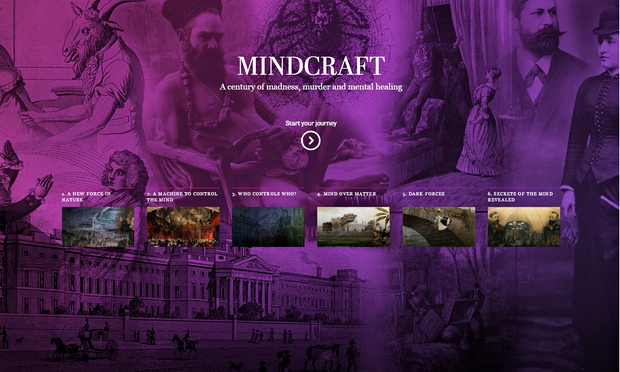Here at Slow Art Day we focus on how visitors engage with physical works of art – how paintings, sculptures, photographs, and other media are perceived, considered, and experienced by the viewer. But in our digital age, museums are increasingly trying to deliver “snackable” digital content – short bursts of entertaining and enlightening information delivered through social media initiatives or interactive installations. In an article published by The Guardian earlier this week, Danny Birchall, Digital Manager at London’s Wellcome Collection, eloquently makes the case that digital or virtual engagements with artworks allow for the same unhurried, slow potential as physical interactions. Birchall writes, “[…] if museums can deliver snacks, why not three-course meals? Is there space in museums for slower and longer digital experiences for audiences to savour and enjoy?” Birchall uses the Wellcome Collection’s Mindcraft, an immersive and interactive tool that describes the history of hypnotism over the course of a six-chapter digital story, as a case study for his article. However, even the relatively long-form (for the digital realm) Mindcraft is only about 15 minutes long – a fraction of the length of your typical Slow Art Day event. Is this enough to ensure visitors’ full engagement with digital content? Can museums offer an immersive, engaging digital experience that avoids superficiality and truly deepens the visitor’s experience of a work of art without relying on gimmicks?
Read the article “Museums should make time for slower digital experiences” here and tell us your thoughts!

